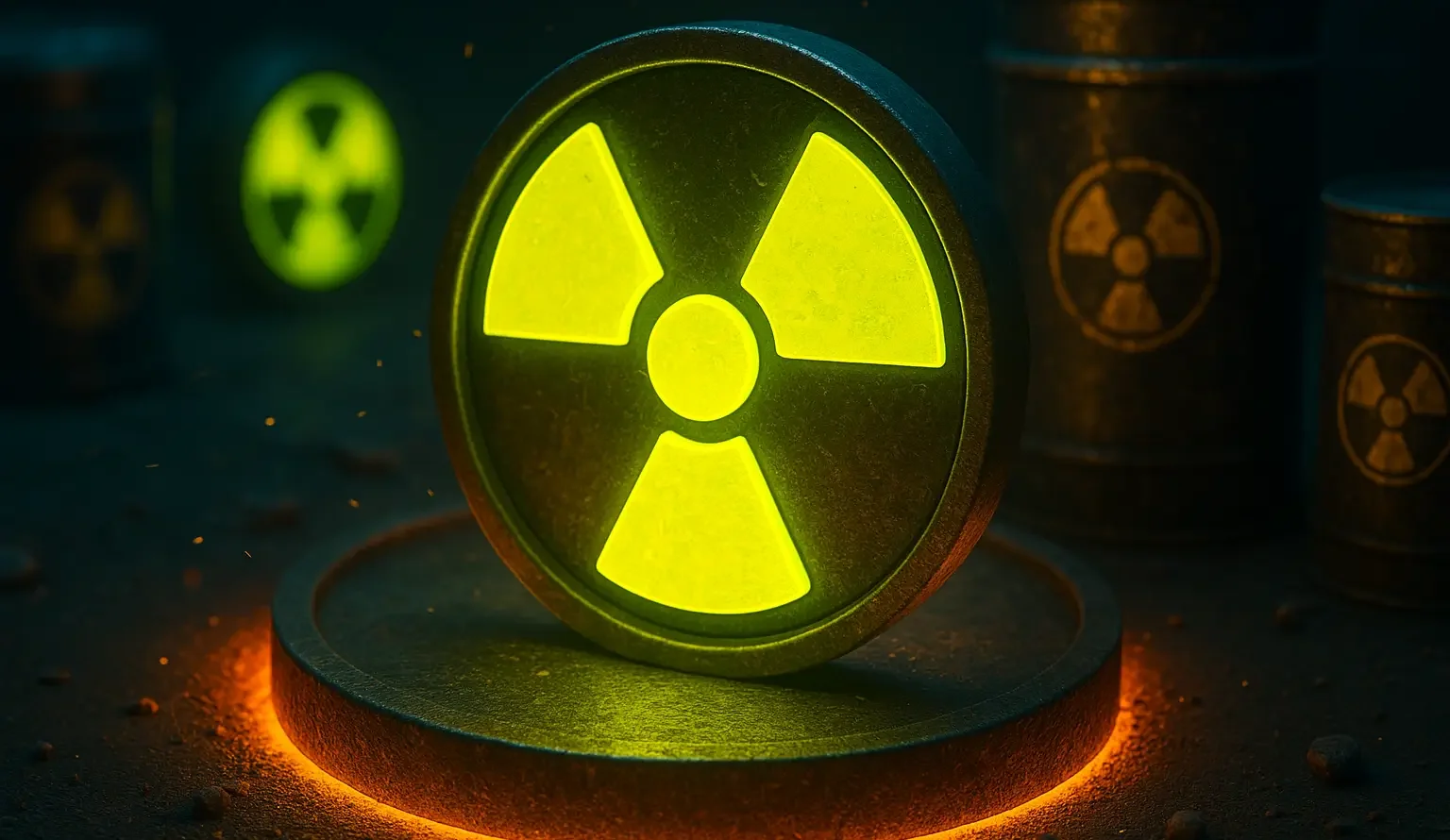- Radioactivity is a natural phenomenon where an unstable atomic nucleus loses energy by emitting radiation in the form of particles or electromagnetic waves, a process known as radioactive decay.
- The emitted particles or waves are known as ionizing radiation because they can ionize atoms or molecules by removing tightly bound electrons, creating charged particles (ions).
Units of Radioactivity
- Becquerel (Bq): The SI unit of radioactivity, representing one nuclear decay per second.
- Curie (Ci): An older unit where 1 Ci equals 3.7 × 10¹⁰ Bq.
- These units measure the rate of radioactive decay, not the absorbed or equivalent dose.
Applications of Radioactivity
-
Nuclear Power Generation
- Nuclear reactors use the energy released from the controlled decay of radioactive isotopes like uranium-235 and plutonium-239 to produce electricity.
-
Medical Diagnosis and Treatment
- Radiopharmaceuticals containing radioisotopes are used in nuclear medicine for imaging and treating various diseases.
-
Archaeological and Geological Dating
- Radioactive decay is used to determine the age of materials, such as carbon-14 dating for organic matter and potassium-argon dating for rocks.
-
Industrial Applications
- Radioactive isotopes are employed in industries for measuring material thickness, detecting leaks, and sterilizing equipment.
Click Here to Watch the Best Pharma Videos
Advertisements

